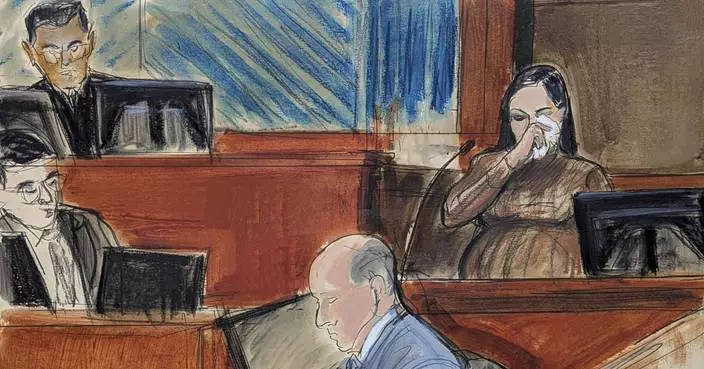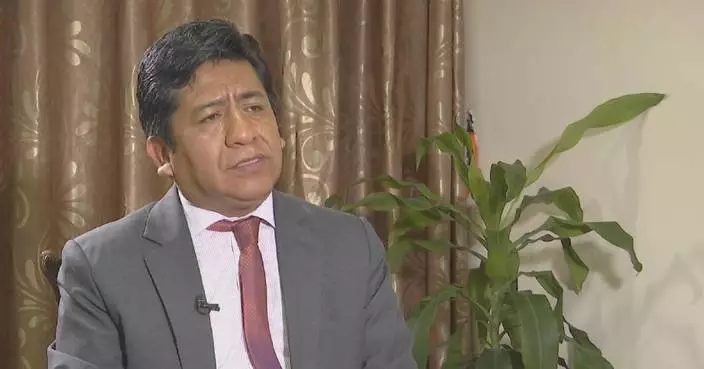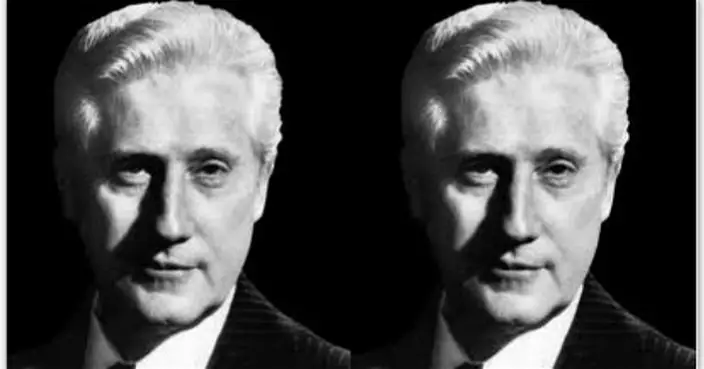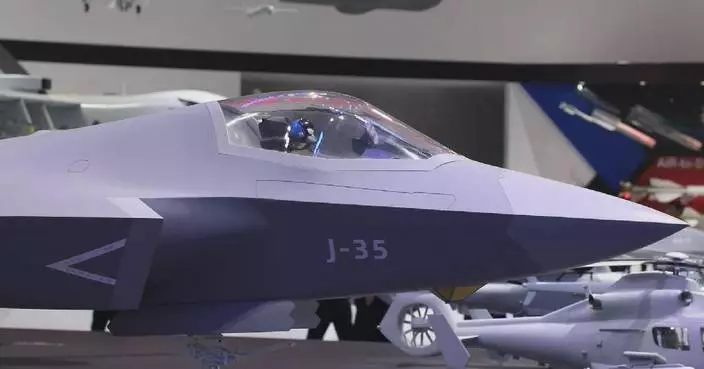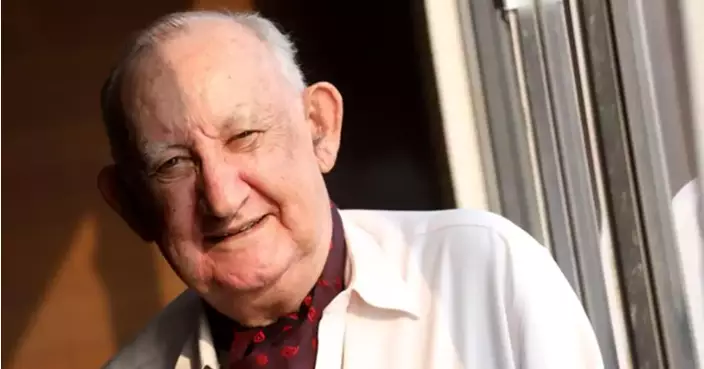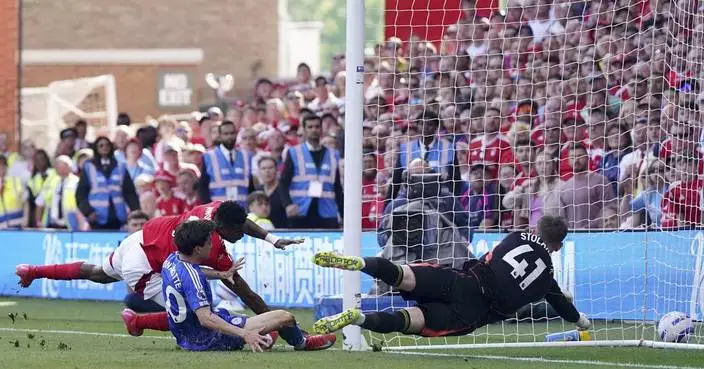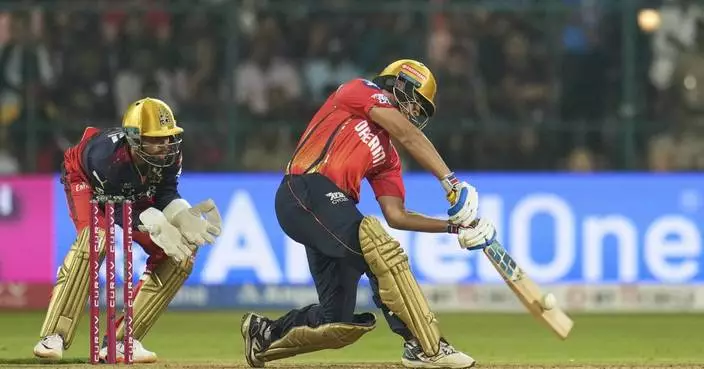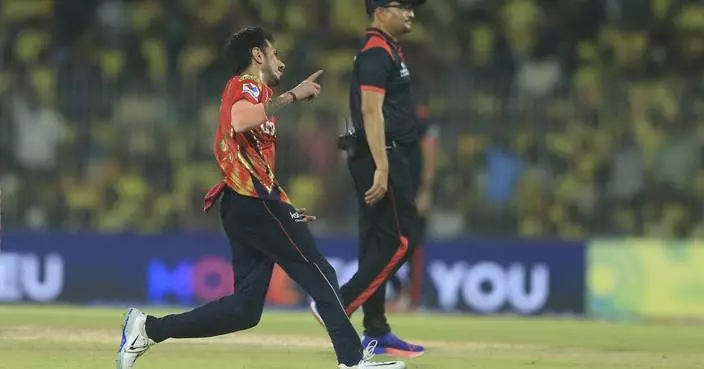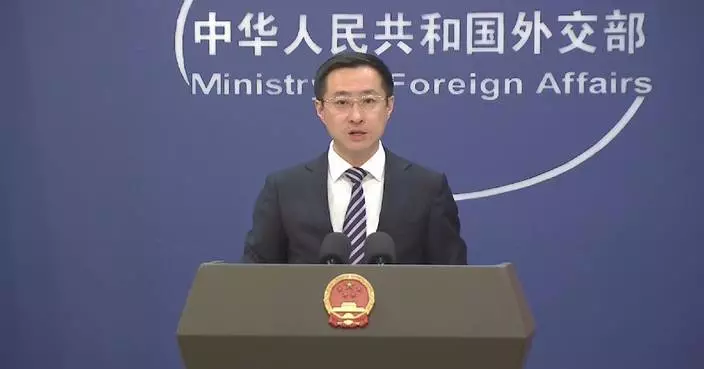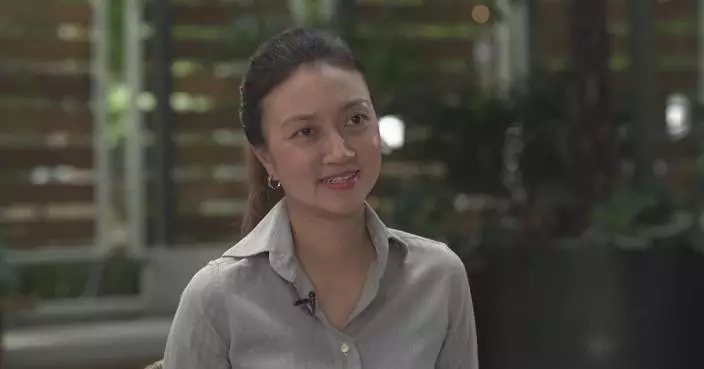SACRAMENTO, Calif. (AP) — When De'Aaron Fox saw that he had 48 points in the fourth quarter in Friday’s 130-126 overtime loss to the Minnesota Timberwolves, teammate Malik Monk told him, “You might as well go get 60.”
The Kings’ guard had 26 points in the fourth quarter and overtime to finish with a franchise-record 60 points, besting Jack Twyman’s 59 points in 1960 and DeMarcus Cousins’ 56-point performance in 2016, which was the most since the franchise moved to Sacramento in 1985.
“I knew I was nice already, so I wouldn’t really say so,” Fox said when asked if he learned anything about himself.
Fox shot 22 of 35 from the field, made 6 of 10 from distance and was 10 of 11 on free throws. He had 21 points at halftime and willed the Kings back from a 20-point second-half deficit as he spurred a 14-0 run to start the fourth quarter.
“I wanted this game to end in the fourth quarter, so I don’t even want to have the opportunity to (get 60 points), but my teammates wanted me to keep going, obviously,” Fox said.
Kings coach Mike Brown said that Fox took it upon himself with Monk and DeMar DeRozan both injured.
“He knew we needed help and he put us on his back, and he almost carried us to the finish line,” Brown said. “He did everything in his power, and it was a spectacular performance by him.”
Fox had the first 60-point game in the NBA this season. Keegan Murray said that it was a little difficult to balance between getting Fox the ball and running the team’s offense, but he thought the Kings “did a solid job of figuring out how to play when he was hot today.”
“When he’s aggressive all the time, he’s extremely tough to stop,” Murray said. “I think that was just a representation of him being aggressive the entire game. And that’s what he’s capable of.”
Fox went shot-for-shot with the Timberwolves’ Anthony Edwards down the stretch, with Edwards’ 36 points leading Minnesota to a resilient win.
“I’ve always felt like he was underrated, underappreciated by everybody,” Edwards said on the Timberwolves television broadcast. “And he showed us today who he is. To me, he’s one of the best point guards in the league, and he showed it.”
“That’s what you love about the game, the best two players on the floor going at each other, so that was fun.”
Fox, who has only made one All-Star team despite averaging over 21 points per game in eight seasons, said he still relishes in his performance even in a loss.
“Obviously, at the end of the day, that type of performance, that type of accomplishment, is nothing to just breathe over and let go,” Fox said. “It’s definitely cool.”
AP NBA: https://apnews.com/hub/nba

Sacramento Kings guard De'Aaron Fox (5) makes a jump shot over Minnesota Timberwolves guard Nickeil Alexander-Walker (9) during the first half of an Emirates NBA Cup basketball game Friday, Nov. 15, 2024, in Sacramento, Calif. (AP Photo/Sara Nevis)

Minnesota Timberwolves guard Anthony Edward, left, talks with Sacramento Kings guard De'Aaron Fox after an Emirates NBA Cup basketball game Friday, Nov. 15, 2024, in Sacramento, Calif. (AP Photo/Sara Nevis)

Sacramento Kings guard De'Aaron Fox calls out plays to his team during a free throw shot during the second half of an Emirates NBA Cup basketball game against the Minnesota Timberwolves, Friday, Nov. 15, 2024, in Sacramento, Calif. (AP Photo/Sara Nevis)




